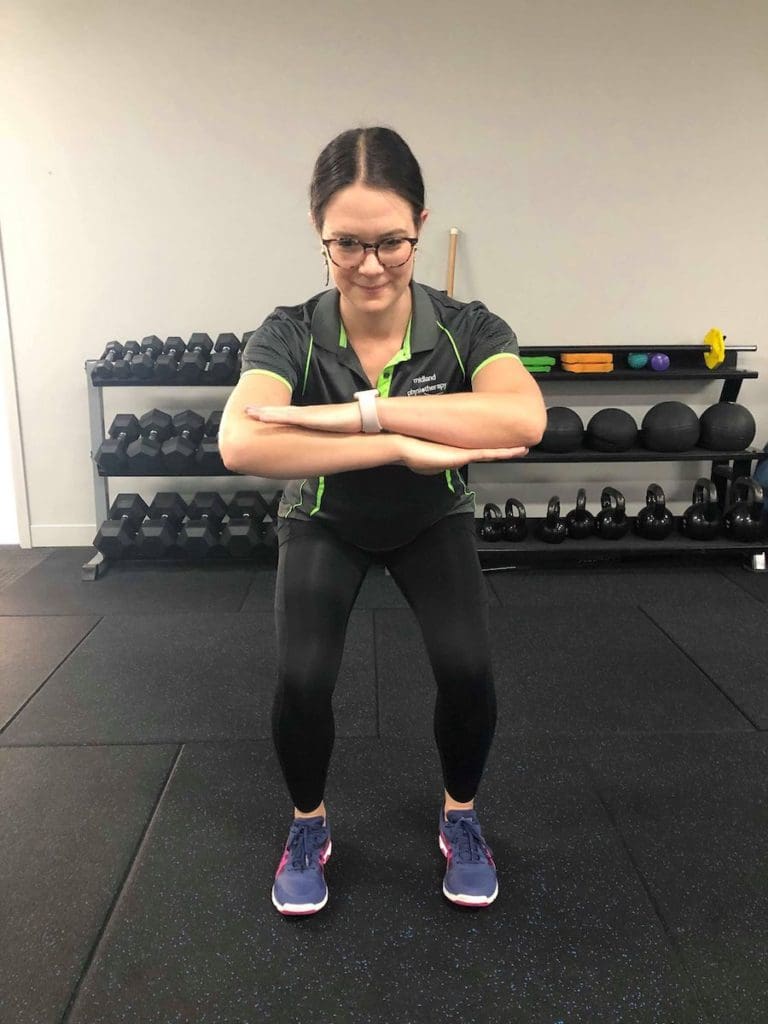
“Should I stop running/walking if I have knee osteoarthritis (OA)?”
This is highly dependent on your condition and what the key contributors are.
Background:
It is important to understand not all knee pain are the same.
Traditionally, when we hear OA, we think about the “wear & tear” of your joints (i.e., “The more you use it, the more you lose it.”.
However, there’s huge evidence to suggest that that is not the case.
In fact, a recent review (Alentorn-Geli et al., 2017) has shown:
1) A lower occurrence of OA was observed in recreational runners when compared to sedentary individuals.
2) That sedentary behaviours are associated to higher risk of developing knee OA.
Hence, what do we need to consider?
1) Training load:
Getting the correct load, varies between individuals. We need to consider important factors such as current weekly mileage, response to load fluctuations and training consistencies.
Yes, we are encouraging getting you back on track running, but likewise we are not expecting you to run a marathon straightaway. Too much too soon can be non-ideal as well.
In consideration of these factors, your physiotherapist can work out an individualized plan specifically suited for you to achieve your desired goals.
2) Fitness
We need to consider the individual runner’s fitness and background running experience, in addition to the former training load factor. An individualized starting point and appropriate running load can be established once we have identified the above mentioned factors.
As runners, we also understand to be able to continue your hobby is important. Your physiotherapist is passionately trained to identify, modify contributors, and progress you stronger than before.
3) Others (i.e., Footwear, running mechanics)
Additionally, factors such as footwear and running mechanics are also essential to consider.
It may be time to consider purchasing for a new pair of runners after months of repeated pavement pounding. Poor optimal foot protection can increase the compressive load on your joints, causing unnecessary stress.
Everyone’s running mechanics are different. You can work collaboratively with your physiotherapist to identify the strengths and weakness. In result, providing a much more enjoyable running experience.
For more information on running mechanics, kindly refer to Amy’s previous blog post on the Midland Physiotherapy blog. https://www.midlandphysio.com.au/the-myth-of-the-forefoot-strike/


How we as physiotherapist help?
Instinctively, we rest and stop when flare-ups become painful. Yes, that may help short-term. However, on the broader, long-term perspective, rest is not always ideal.
Having clarity of your diagnosis and assessments findings empowers you to become confident of your next run.
“With a clear diagnosis, comes a clearer plan of attack.”
2022 is your year. Don’t let that knee pain stop you. Get out there, plan and attack your goals!
References:
- Alentorn-Geli, E., Samuelsson, K., Musahl, V., Green, C., Bhandari, M., & Karlsson, J. (2017). The Association of Recreational and Competitive Running With Hip and Knee Osteoarthritis: A Systematic Review and Meta-analysis. Journal Of Orthopaedic & Sports Physical Therapy, 47(6), 373-390. doi: 10.2519/jospt.2017.7137





